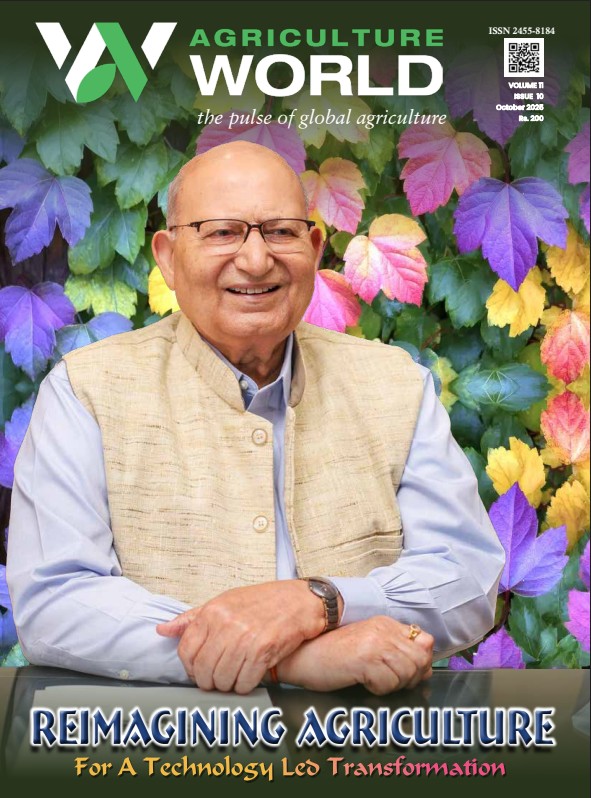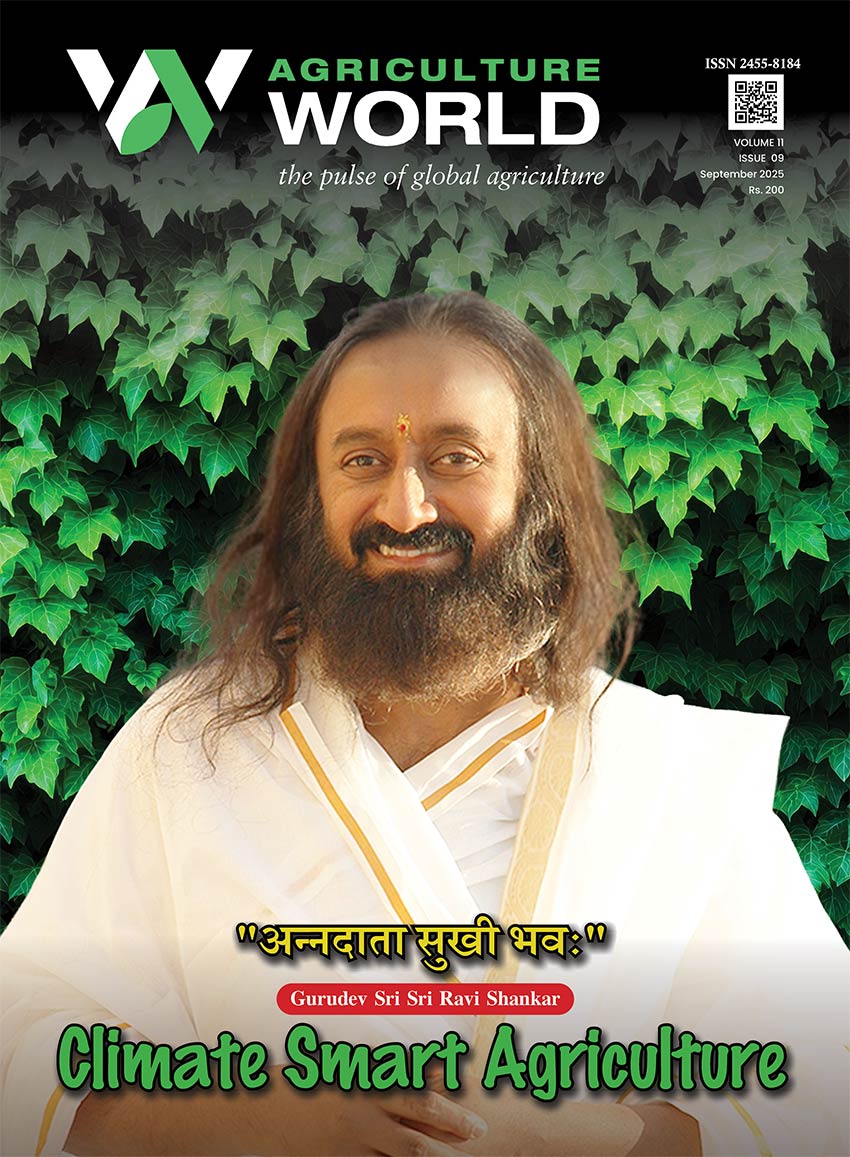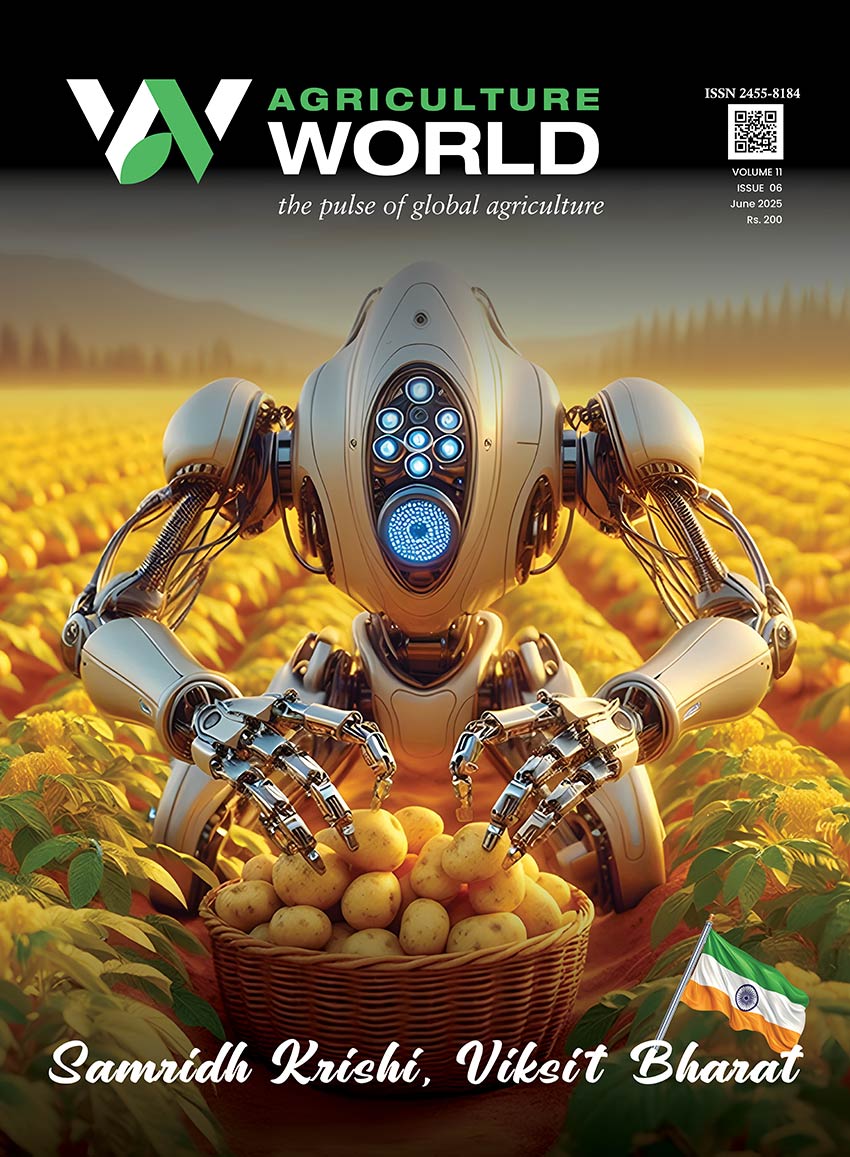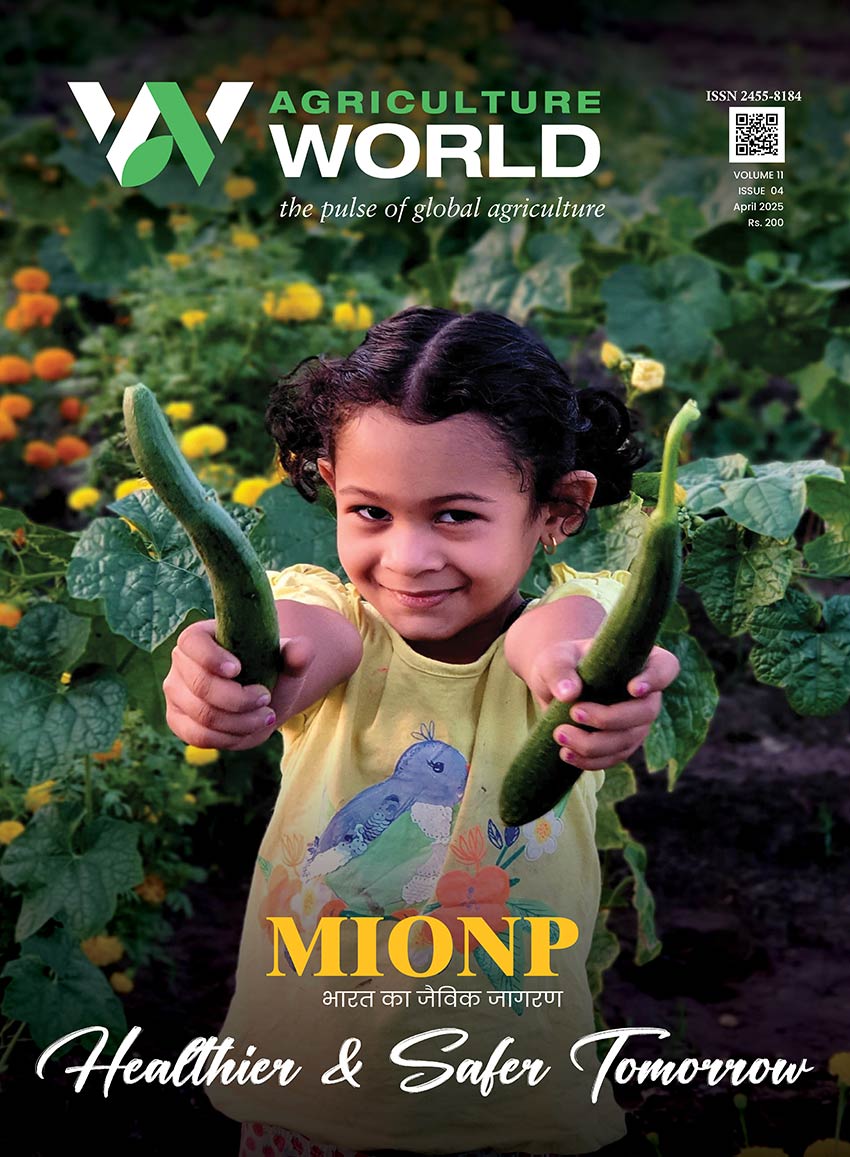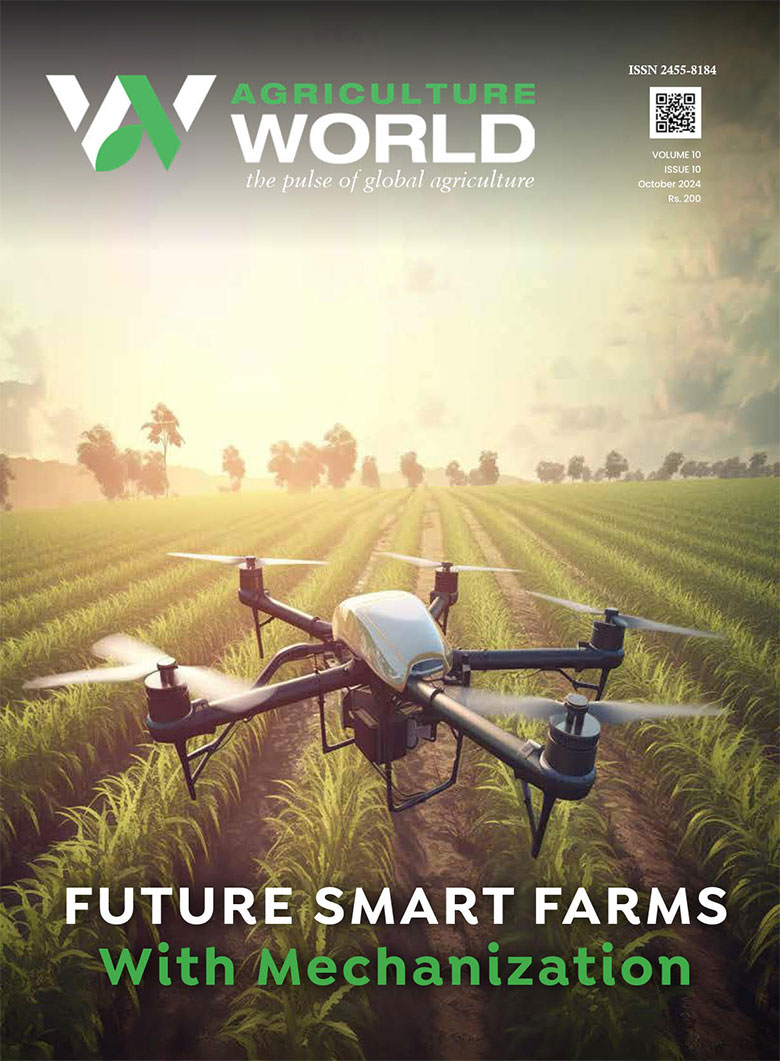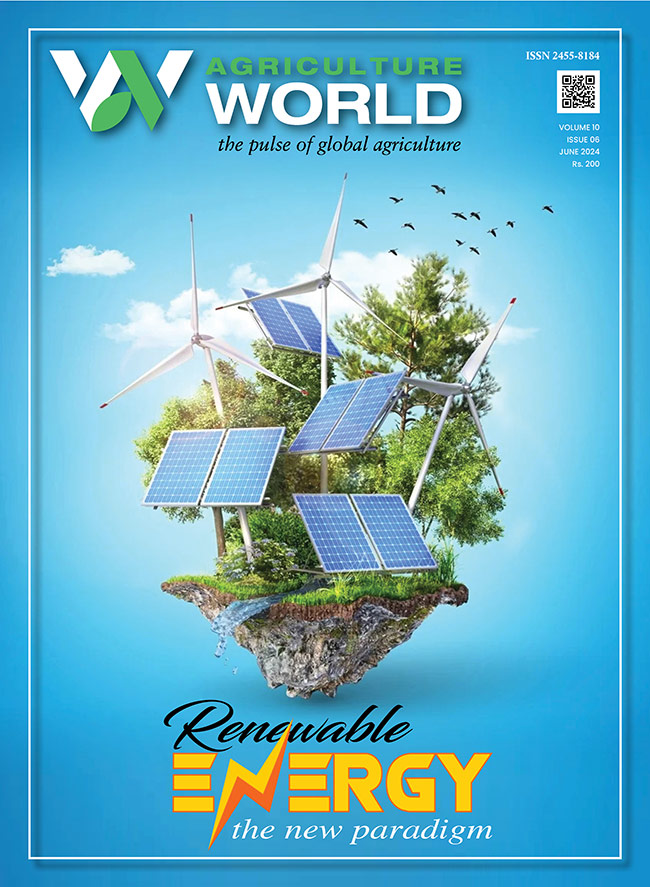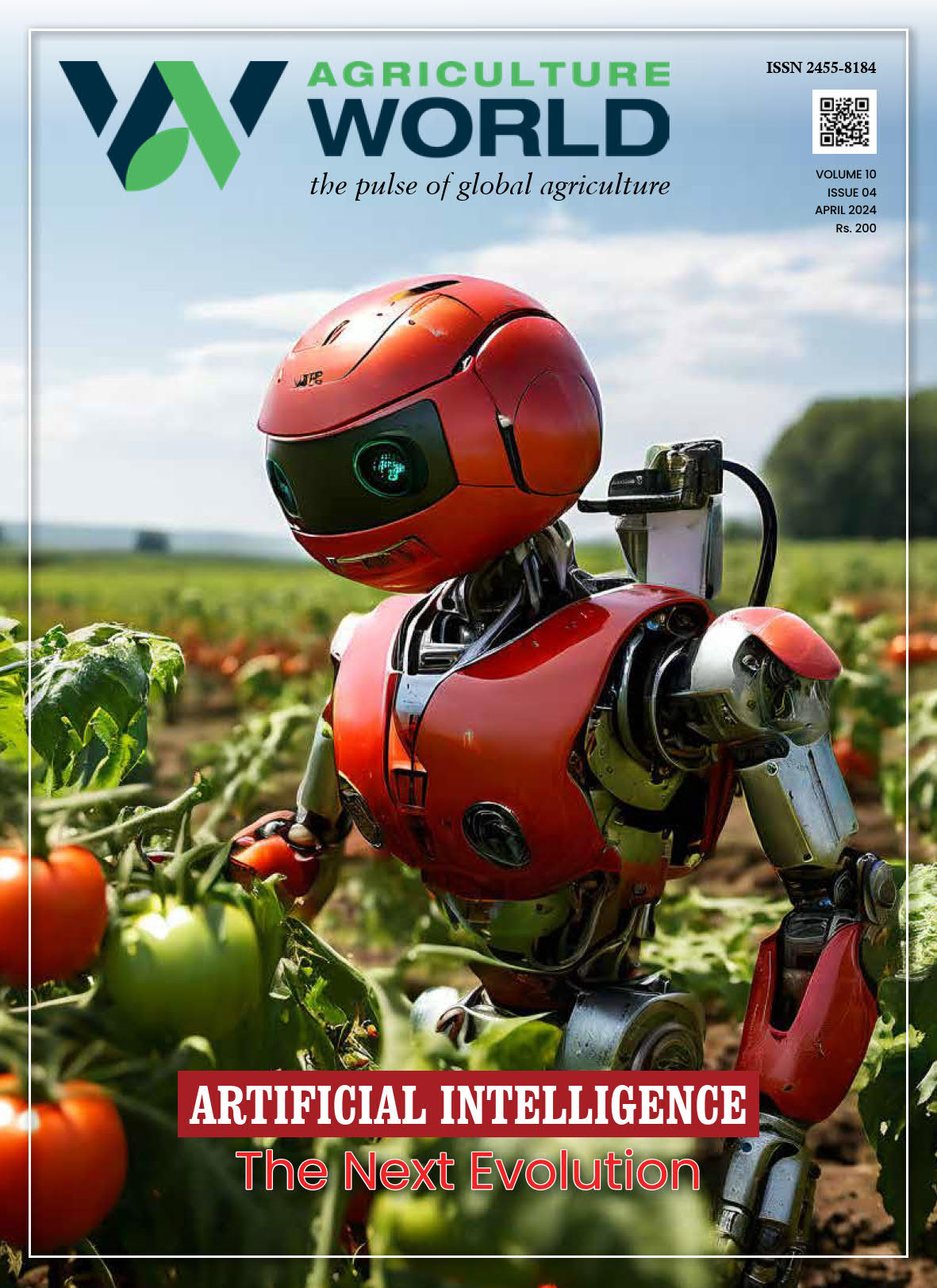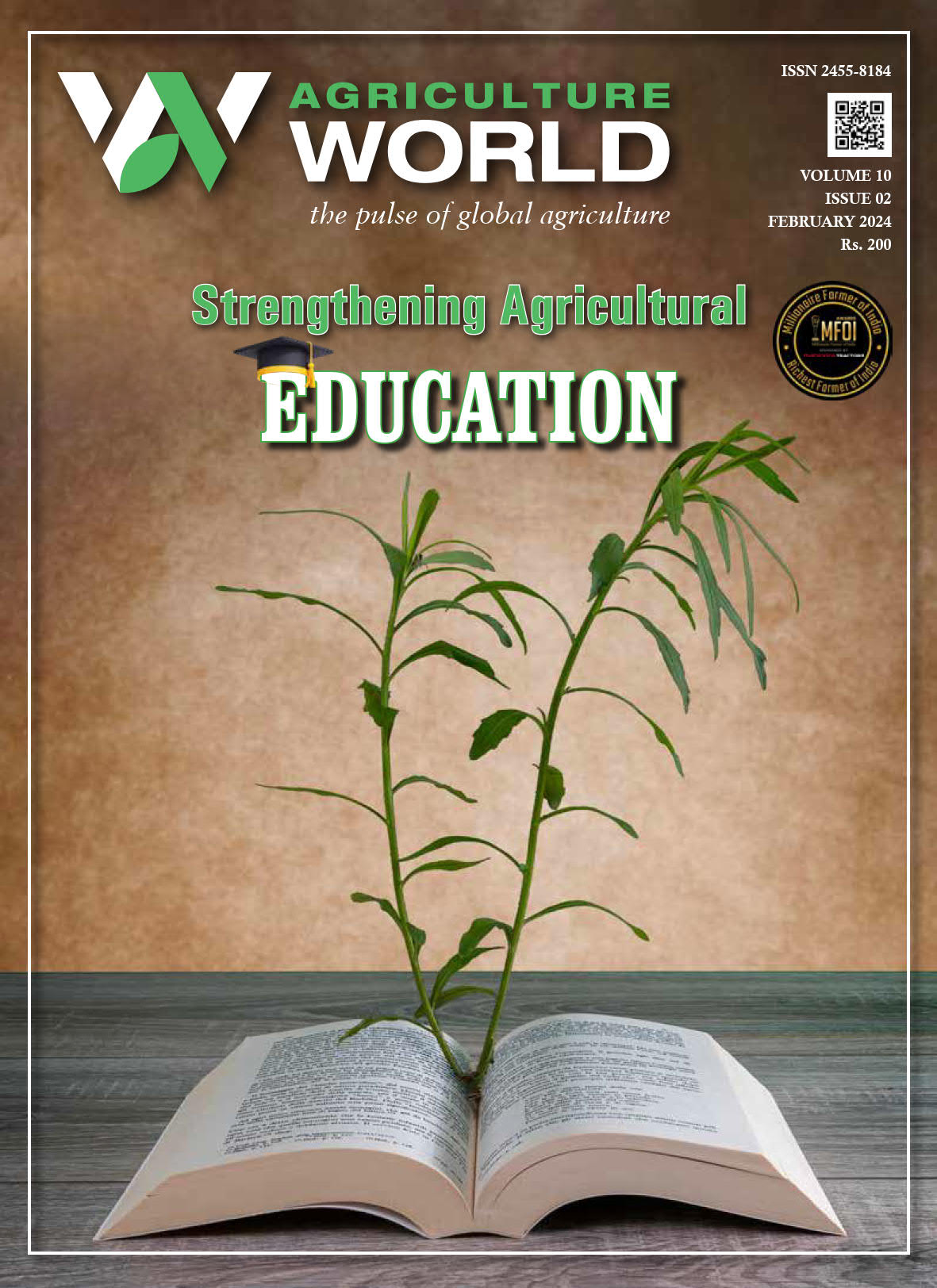
Centre on Integrated Rural Development for Asia and the Pacific (CIRDAP): Promoting Integrated Rural Development for the Rural Prosperity.
H.E. DR. P CHANDRA SHEKARA
Director General, CIRDAP
Rural Development in Vietnam
DR. NGUYEN DO ANH TUAN
International Cooperation Department Ministry of Agriculture and Environment- Vietnam
RURAL DEVELOPMENT IN MALAYSIA
H.E. DATO’ SERI DR. AHMAD ZAHID HAMIDI
Deputy Prime Minister and MINISTER OF RURAL AND REGIONAL DEVELOPMENT OF MALAYSIA
Rural Development in Myanmar
H.E. U HLA MOE
Union Minister, Ministry of Cooperatives and Rural Development, Myanmar
Rural Development in Iran
H.E. Gholamreza Nouri
Minister of Agriculture Jihad, Islamic Republic of Iran
Rural Development in Sri Lanka
H.E. K.D. LAL KANTHA
Minister of Agriculture, Livestock, Lands, and Irrigation, Sri Lanka
Fiji’s Journey Towards Inclusive Rural Development and Disaster Preparedness
H.E. SAKIASI DITOKA
Minister for Rural and Maritime Development and Disaster Management, Fiji
Rural Development in Myanmar
MR. THEIN LWIN
Director General Department of Rural Development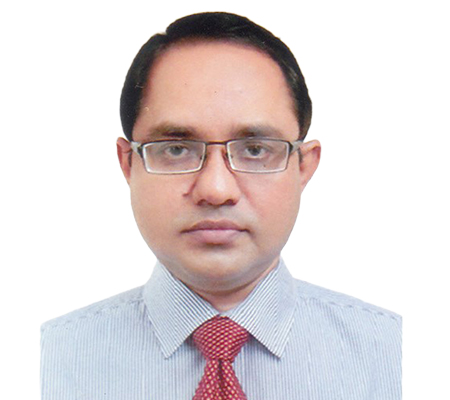
Rural Development in Bangladesh
MR. SAIF UDDIN AHMED
Director General Bangladesh Academy for Rural Development (BARD), Cumilla, Bangladesh
Rural Development in Philippines
H.E. MR. CONRADO M. ESTRELLA III
Secretary, Department of Agrarian Reform (DAR) Governing Council (GC) Member of the Philippines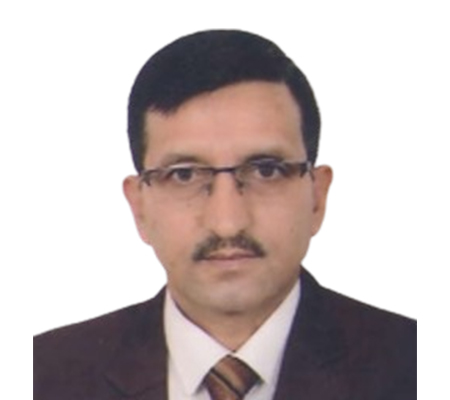
Rural Development in Nepal
MR. RABILAL PANTH
Secretary, MOFAGA, Government of Nepal
Rural Development in Philippines
H.E. JOSEF ANGELO S. MARTIRES CESO II
CESO Undersecretary, Support Services Office and CIRDAP Executive Committee Member Department of Agrarian Reform Philippines
Building Resilient and Thriving Rural Fiji: A Commitment to Inclusive Development
MR. ISOA TALEMAIBUA
Permanent Secretary for Rural and Maritime Development and Disaster Management, FIJI
Rural Development in Philippines
MS. LITA M. ROSALES
Director, Bureau of Agrarian Reform Beneficiaries Development (BARBD) and CIRDAP TC Member Philippines
Rural Development in Myanmar
DR. ZARNI MINN
Director Department of Rural Development Ministry of Cooperatives and Rural Development, Myanmar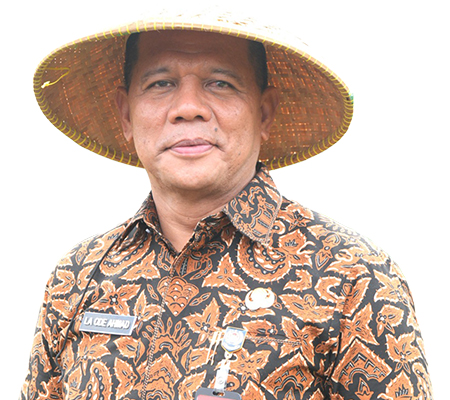
Rural Development in Indonesia
DR. DRS. LA ODE AHMAD P. BOLOMBO, AP, M.SI
Director General of Village Administrations, Republic of Indonesia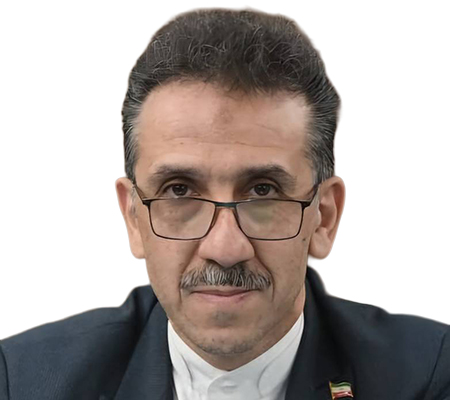
Rural Development in Iran
DR. Ali KianiRad
Associate Professor of Agricultural Economics Director General (Head) Agricultural Planning, Economic and Rural Development Research Institute (APERDRI) Ministry of Agriculture Jihad, Islamic Republic of Iran Iran Representative to CIRDAP EC
Rural Development and Emergency Management
DR. CHERDSAK VIRAPAT
Ph.D. Regional Director for Asia The International Emergency Management Society (TIEMS) Bangkok, Thailand
From Highlands to Islands, Fiji Champions People-Centred and Climate-Resilient Rural Development
MS. ARIETA DIMURI
Director Development Services Division Ministry of Rural and Maritime Development and Disaster Management Republic of Fiji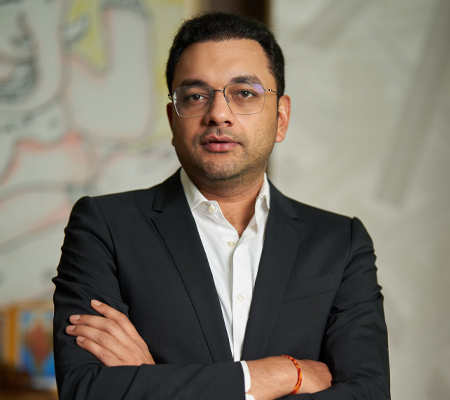
Sustainable agriculture strives to ensure future food and energy supply while safeguarding natural resources
Mr Harsh Vardhan Bhagchandka
President, IPL Biologicals Limited

Youths as agripreneurs, technological agents, input and knowledge providers will make all the difference in achieving our food and nutritional security
Padma Bhushan, Dr RS Paroda
Chairman, TAAS and Former DG, ICAR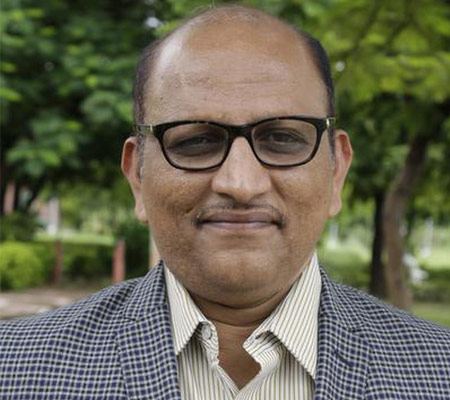
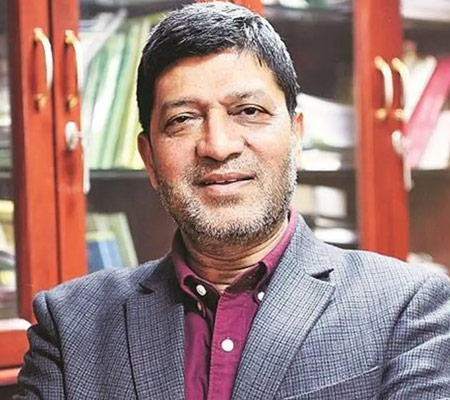
Mr Norman Borlaug’s idea was to combine genetic improvements with the application of modern technology to boost agricultural productivity. He believed that the best way to address global hunger was through increasing agricultural productivity rather than food aid
Dr. Ashok Dalwai
Chief Executive Officer, NRRA
Precision agriculture is an approach where improved inputs and agricultural practices are used in precise manner to make every aspect of agriculture profitable and sustainable
Mr Ajit Jain
Jt Managing Director, Jain Irrigation Systems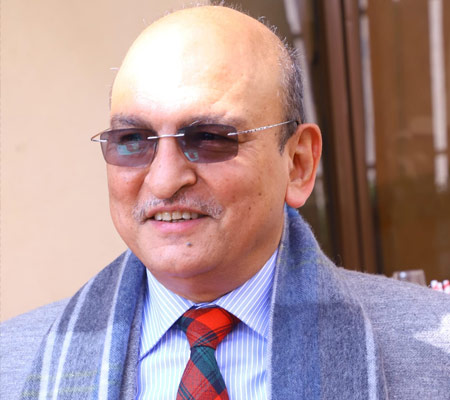
India boasts of an infrastructure of around 600 shrimp hatcheries feeding 1,70,000 hectares of farming generating a production of more than a million tonnes per annum. We now command 26% share of the global shrimp trade
Dr. Tarun Shridhar
Former Secretary, Ministry of Fisheries, Animal Husbandry and Dairying, GOI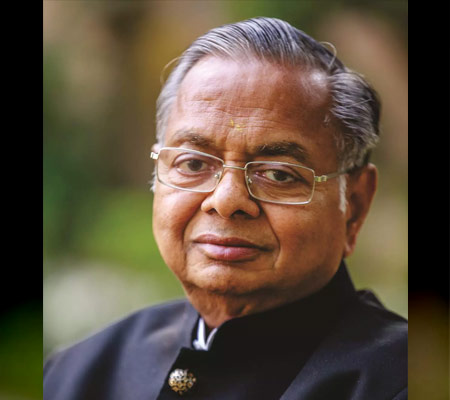
The future of Indian agriculture is both challenging and full of opportunities. The challenges of small holdings, poor infrastructure, low productivity and low returns on investment can be addressed through the use of technology, innovation, and sustainable farming practices
Sh RG Agarwal
Chairman, Dhanuka Group
The major hurdle in growth of startups is market access. Innovation needs to be matched with proper markets
Dr. AK Singh
Vice-Chancellor, RLBCAU, Jhansi
Most dairy manufacturing plants are now working towards a “Zero discharge” policy wherein the water utilized in processing is recycled and reused within the plant itself
Mr RS Sodhi
President, Indian Dairy Association & Former Managing Director, AMUL
Clusters of production areas in horticultural crops and other crops will come up in a big way as a part of the value chain development efforts. This will help in adding value to farm produce and connect them to both domestic and export markets in a significant way
Mr Ram Kaundinya
Director General, Federation of Seed Industry of India (FSII)
Many programmes were conducted in physical mode to spread awareness about AIF, providing handholding support and interactions with stakeholders. Eight AIF State Conclaves were conducted in Kerala, Telangana, Punjab, Odisha, Tamil Nadu, Maharashtra, Uttar Pradesh, and Rajasthan
Mr Samuel Praveen Kumar
Joint Secretary, (Extension, AIF, Investments & Price Support) MoA&FW, GoI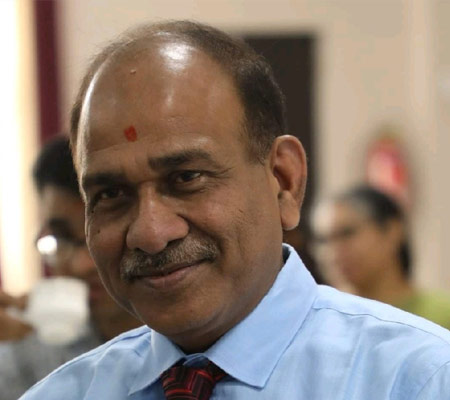
NAHEP has brought about significant changes in the agricultural education system, particularly in the areas of curriculum reform, faculty development, infrastructure development, experiential learning and promoting industry-academia collaboration
Dr RC Agrawal
Deputy Director General (Agricultural Education), ICAR
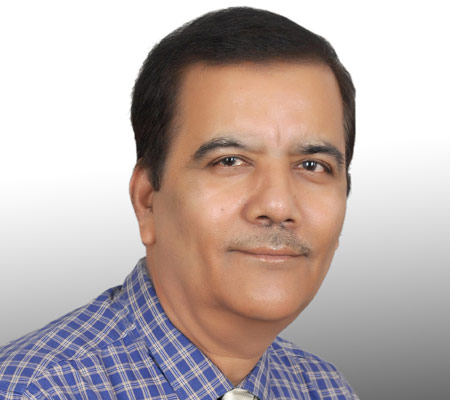
Secondary Agriculture adds high value, creates jobs, reduces pollution, improves farm economies rapidly, builds rural agro-industries, increases international trades and adds quality to life of rural population.
Dr. SN Jha
Deputy Director General (Agricultural Engineering), ICAR
India will have to do its own assessment and derive its own formula as regards the switch to chemical-free farming. But with the poor carbon content in soil, depleting water table and abnormal rise in cancer cases, the time to take the decision is now!
Mr. Ravi Pokharna
Executive Director, Pahle India Foundation.
Advances in the fields of microbiology, biotechnology, genetic engineering space, High-tech Agri-Inputs, Farm Mechanization, communication technology, Digital Technologies, IOT and related IT enabled technologies have propelled the farm sector into an era of precision agriculture
Mr Rajesh Agarwal
Managing Director, Krishi Rasayan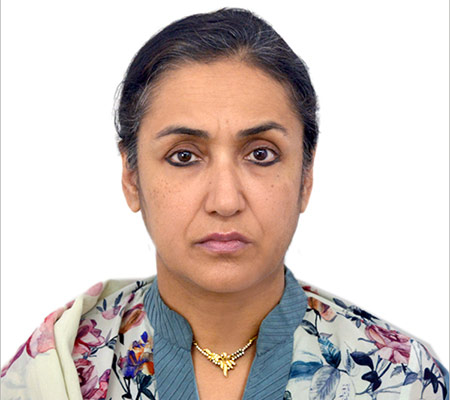
Nutritionally, millets are equivalent or superior to wheat and rice. Agro climatically, they make more sense to grow, as they require less water and practically no fertilizer or pesticides
Dr. Maninder Kaur Dwivedi, IAS
Managing Director, SFAC
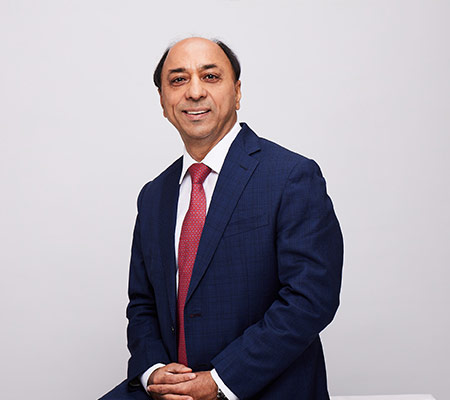
We have developed global technology Centers of Excellence in Finland, Japan and Turkey, based on acquisition over the last decade, from where we are currently rolling out product solutions for the Indian and global markets.
Mr Hemant Sikka
President, Farm Equipment Sector, Mahindra & Mahindra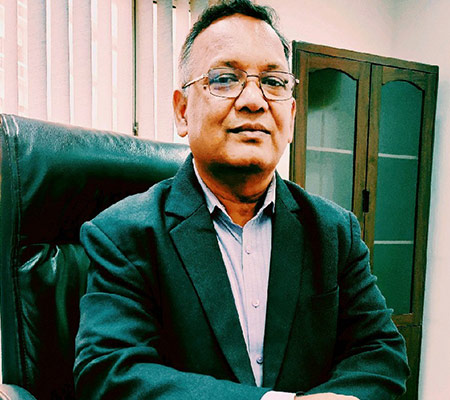
Mother Dairy’s fruits and vegetable processing plant at Ranchi has taken the initiative to connect to the newly formed FPOs in Jharkhand. These FPOs were being promoted by SFAC and supported by SAFAL on a shared understanding to provide market linkage to the farmers.
Mr Pradipta Sahoo
CSO & Head (International Business), Mother Dairy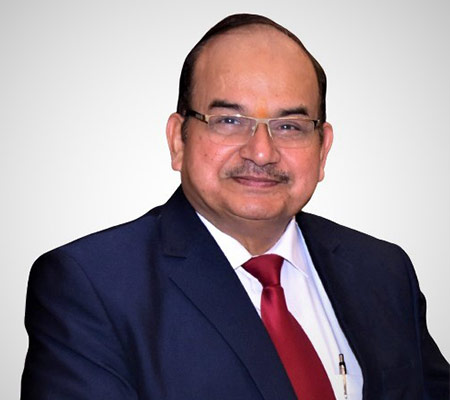
GOI has launched several initiatives to promote and support agriculture in the country. The Pradhan Mantri Fasal Bima Yojana, Pradhan Mantri Krishi Sinchai Yojana, and Soil Health Card Scheme are some of the initiatives that have been implemented to provide better facilities and infrastructure to farmers.
